Voice your system
Standard MiG footers offer all the hallmarks of Synergistic Research highest performance MiG SX, including an increased sense of space in the sound field plus improvements in low-frequency control and extension with high-frequency air and detail. While the new MiG 3.0 delivers all this with greatly enhanced resolution that is never fatiguing, plus a wall-to-wall holographic soundstage, including a sense of the performance enveloping your listening position.
Listening notes: comparing MiG’s to isolation footers based on dampening principles, you hear more extended dynamic range and spatial cues where dampened footers tend to have a flatter sound and lack dynamic extension. Isolation footers based primarily on draining mechanical vibration away from the component tend to sound bright with less sound stage layering and mid-range warmth when compared to MiG’s. Lastly, if you have a full suite of SR Tech, your best possible footers will likely be MiG’s, as they work on similar principles and have a similar house sound to SR cables, power products, and acoustic treatments.
The original MiG or Mechanical Interface Ground is a superb footer that excels with a warm natural balance that can be tuned through two placement options to best match your system. Placing just one or two sets of MiG’s under your components can deliver a significant increase in sound staging with a balanced to slightly warm tonal balance.
MiG 3.0 came about when Synergistic Research lead designer sought to incorporate new UEF technologies first developed during their SRX reference cable loom and Purple fuse design programs. He intended to bring MiG 3.0 closer to MiG SX’s increased resolution but with a richer and more dynamic harmonic structure with enhanced sound staging capabilities over MiG 2.0. To make this happen, we retuned the resonance characteristics of the MiG itself while incorporating the same UEF element found in SRX cables and Purple Fuses. The result is a MiG footer with a lower noise floor from which springs enhanced resolution with smoother highs and a larger sound field over the standard MiG and outgoing MiG 2.0.
Placement instructions
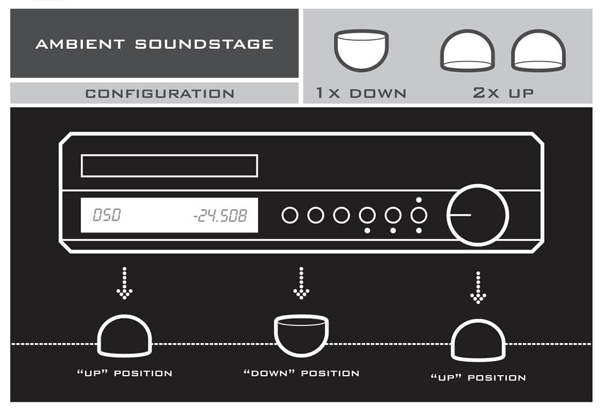
| When two MiGs are placed „round side up“ and one MiG is placed „round side down“ under a component, as illustrated in the above diagram, you hear a more ambient soundscape that is especially pleasing when room acoustics are somewhat „live“ or undampened. You may also prefer this combination if you like a slightly more liquid presentation, or if you often listen to large orchestral works. |
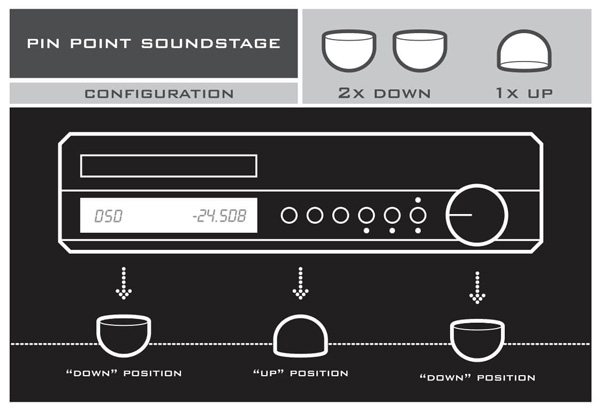
| When two MiGs are placed „round side down“ and one MiG is placed „round side up“ under a component, as illustrated in the above diagram, you hear an immediate pin-point presentation of images. This combination is especially pleasing in rooms that are very damped, or for people who prefer intimate recordings, such as small scale jazz. |
Review and listening observations:
MiG 2.0 Footer Review & Listening Test @ Novice Review
YouTube setup instructions:
How to use MiG isolation footers
| Quantity |
|---|
Schreibe die erste Bewertung für „Synergistic Research
MiG 3.0
Footer“ Antworten abbrechen
Ähnliche Produkte
Incl. 21 % TAX € 79.00
Incl. 21 % TAX € 55.00
Incl. 21 % TAX € 60.00
Incl. 21 % TAX € 85.00




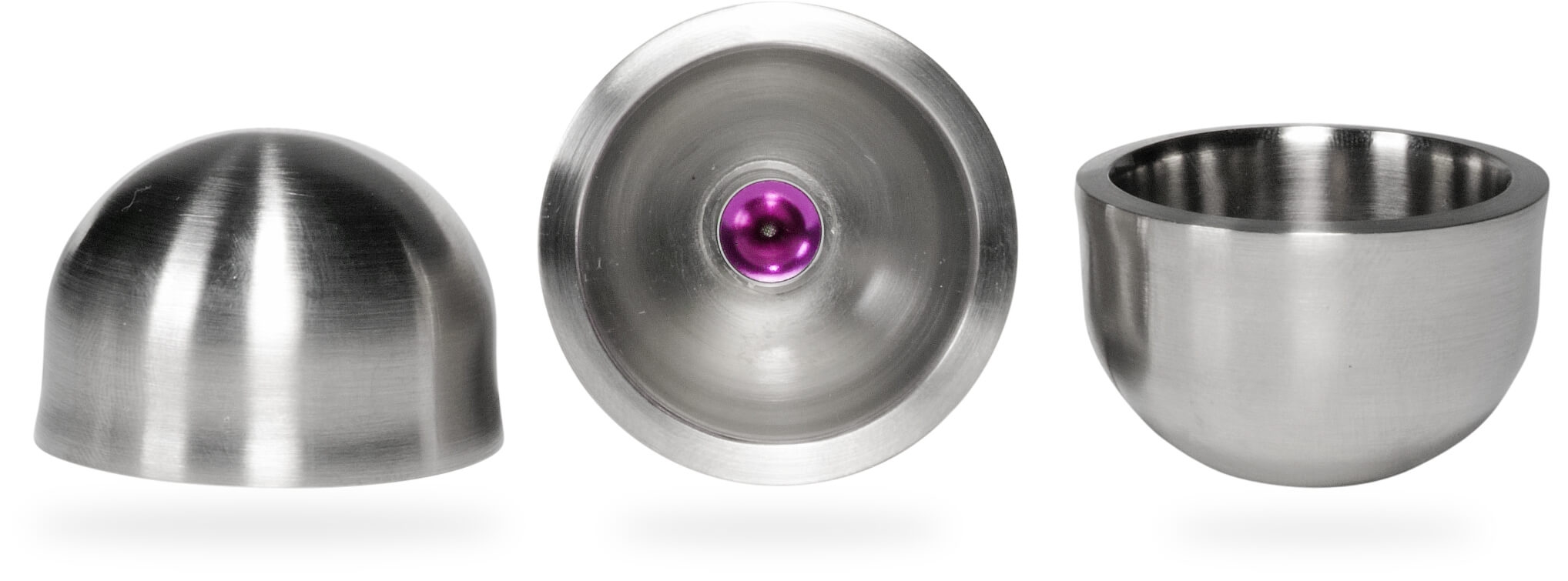
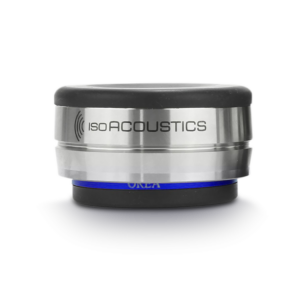
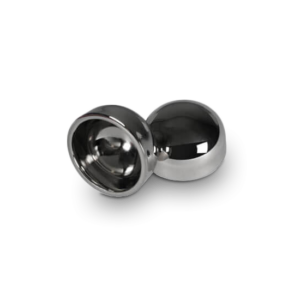
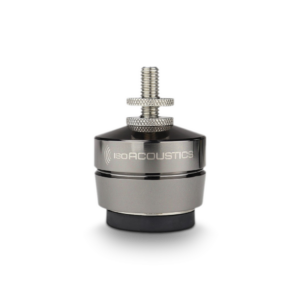
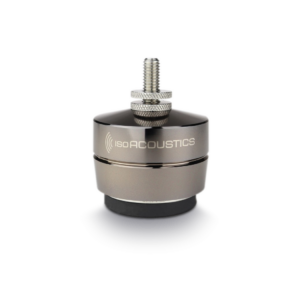
Bewertungen
Es gibt noch keine Bewertungen.